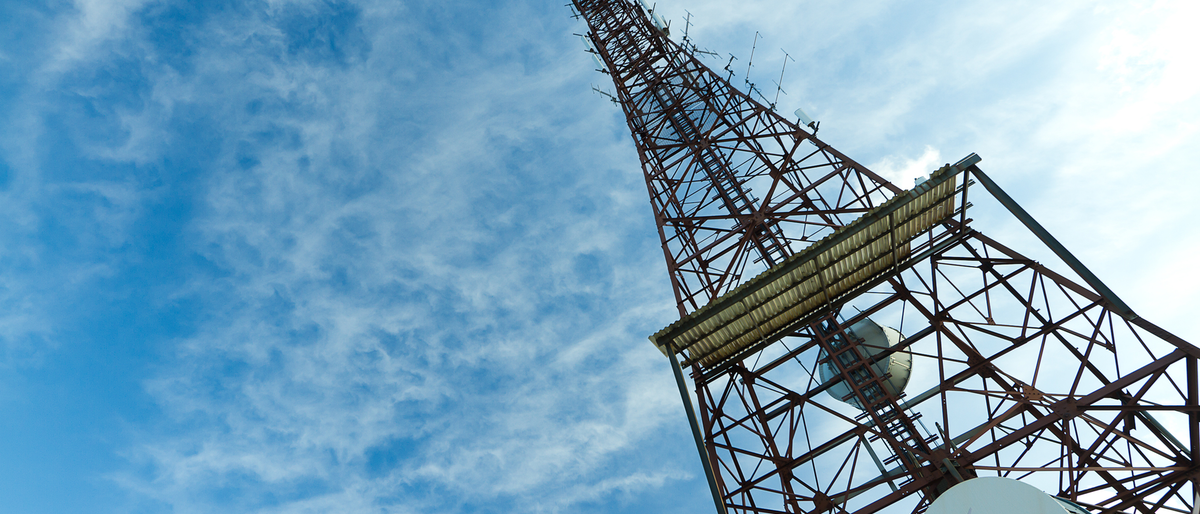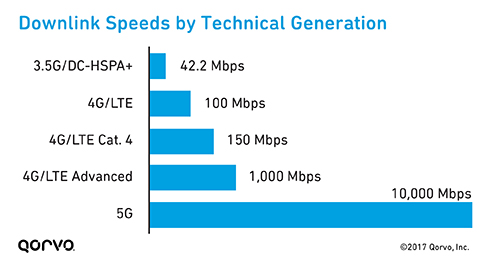T&D World – Hundreds of public, private and nonprofit entities in sectors including public utilities, municipals, cooperatives, manufacturing, transportation, and oil and gas have been utilizing narrowband land mobile radio (LMR) communications systems to enhance their operations for more than 30 years. Such organizations and others like specialized mobile radio (SMR) and business/industrial/land transportation (B/ILT) providers must have 900 MHz licenses which authorize their use of the airwaves. If you fall into one of these categories, you may be affected by the Federal Communication Commission’s (FCC) recent order to realign the 900 MHz band.
Learn more about the business-critical connectivity issues currently facing U.S. organizations in this FAQ.
CLICK HERE for more details….


